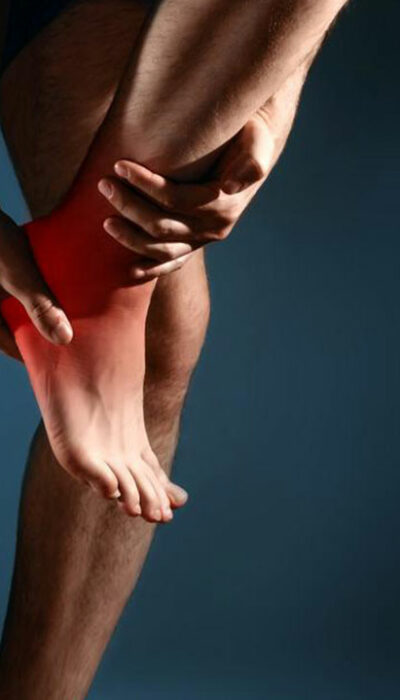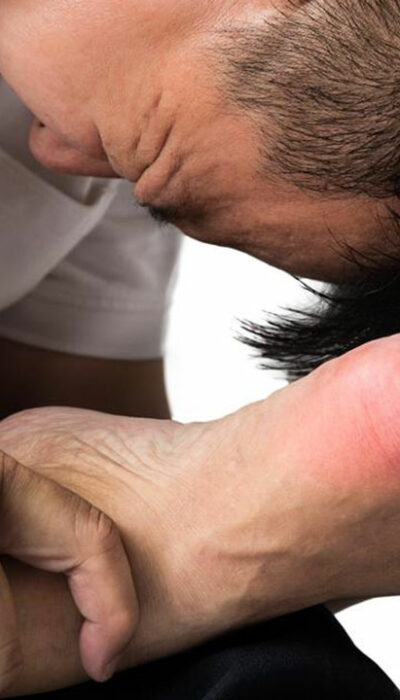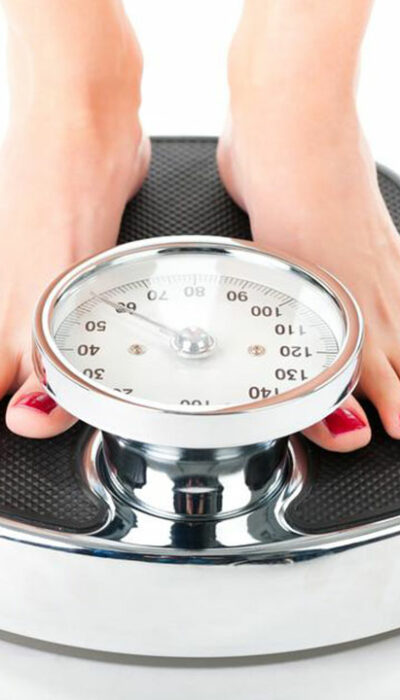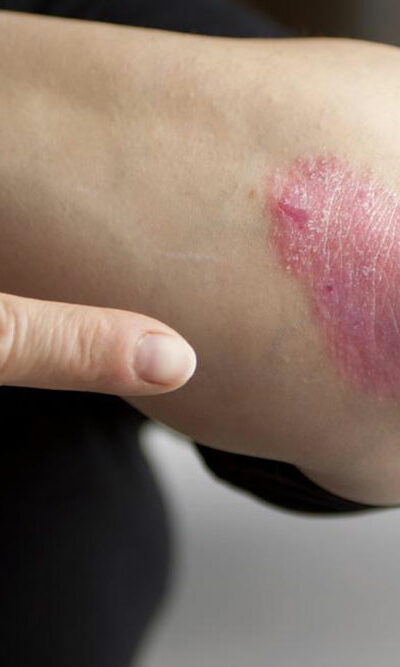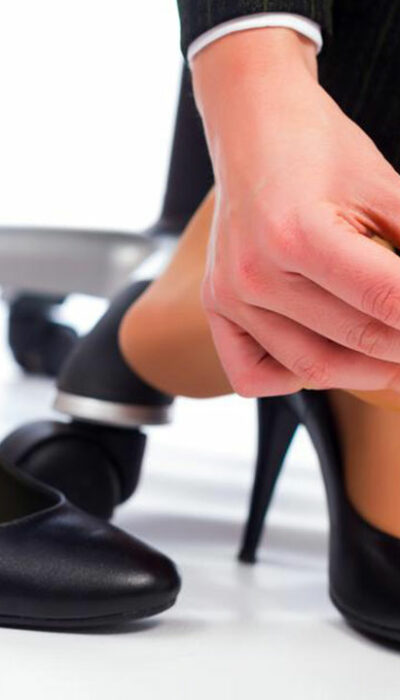
5 Popular Insoles for Alleviating Pain Caused by Plantar Fasciitis
An extremely common type of heel pain, plantar fasciitis occurs when the flat band known as plantar fascia is strained. Stress on this tissue causes inflammation, weakness, and difficulty while you stand or walk. Usually, this condition is observed in individuals who are middle-aged. However, it is also common in younger people who are constantly on their feet, such as athletes or military personnel. Causes and symptoms of plantar fasciitis As mentioned earlier, an intense and prolonged tension can lead to tiny tears in the tissues, causing severe pain. This situation can be a result of Overexertion caused due to sprinting, standing, or walking for an extended period. Obesity which can cause pressure on the feet due to the upper body weight. Pregnancy, although the effects might only be witnessed in the later stages. Using inappropriate shoe sizes. Extreme pronation, i.e., the feet rolling inwards while walking. Having flat or high arched heels. Tight Achilles tendons. The primary symptoms of plantar fasciitis include pain and stiffness on the bottom of the feet. In most cases, it only affects one foot; however, it can develop in both the feet at the same time. For some patients, the pain can be dull, whereas, for other patients, it can cause burning or stabbing sensations. Such type of pain is experienced after waking up in the morning or after resting for a long time. The discomfort doesn’t flare up when you are involved in some physical activity. However, the swelling can intensify if you overdo workouts or are constantly on the move. Different treatments for plantar fasciitis To alleviate the symptoms of plantar fasciitis, you can use a blend of home and medical treatments. Usually, home treatments comprise the use of cold compression, exercise, and over-the-counter (OTC) medications. Moreover, if home treatments fail, your doctor might recommend corticosteroids, prescription drugs, and physical therapy to ease the discomfort.



